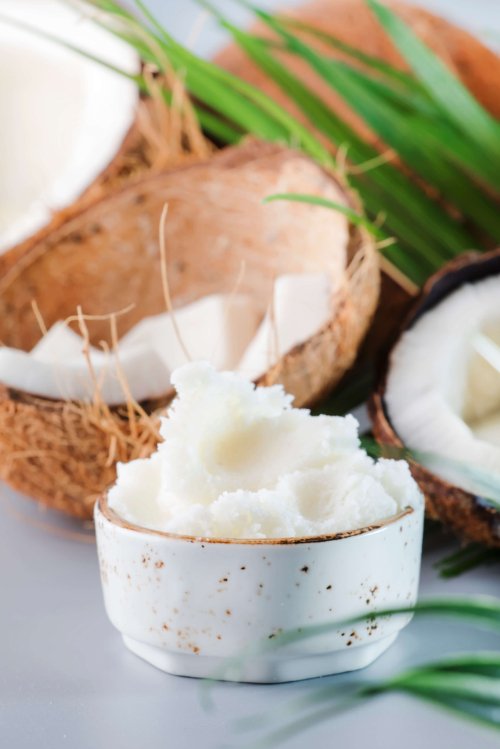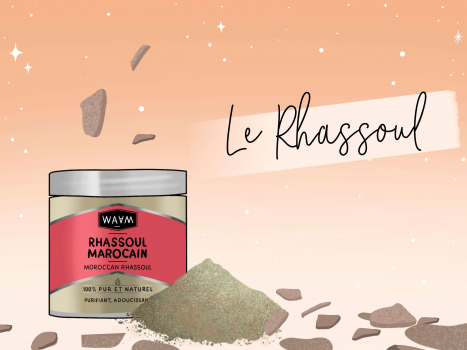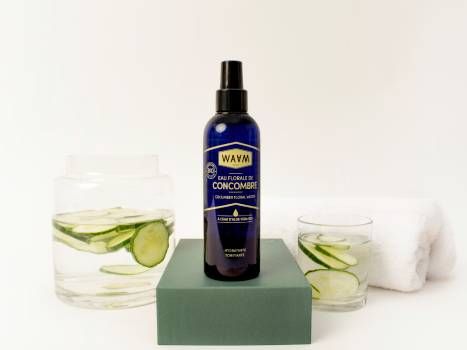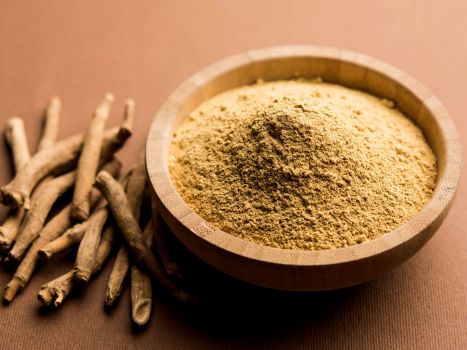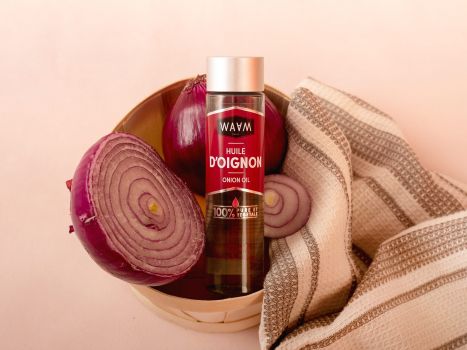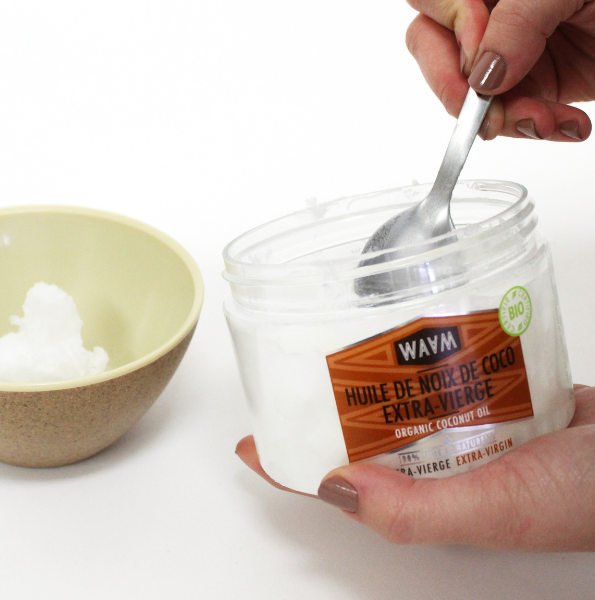
All about Coco
Coconut has many uses. The coconut oil extracted from it can be used to sublimate your skin, moisturise your hair... Find out more about coconut and its uses in this complete dossier.
Discover all the benefits of Coconut oil!
Of all the vegetable oils you know,coconut oil is probably the one you use the most. And with good reason! This oil is a real cosmetic "Swiss army knife": it can be used for face, body and hair care, and much more besides..
Coconut oil is renowned for its many benefits and ease of use. It is also appreciated by many for its pleasant scent. Rich in virtues for skin and hair, Coconut oil has it all!
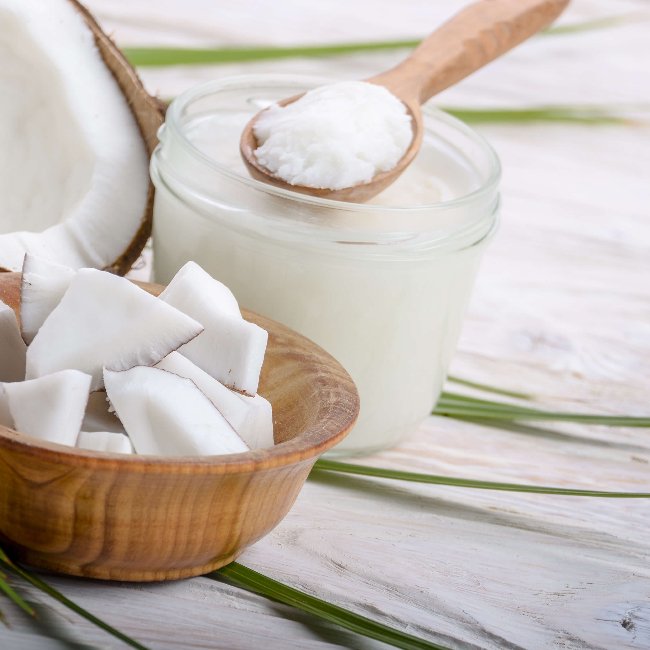
FAQ
Texture and fragrance
Applications
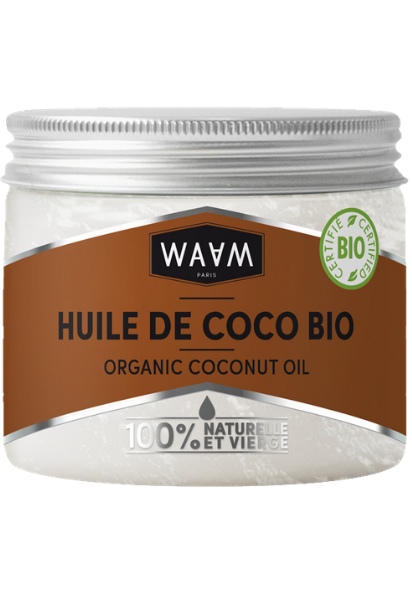
.jpg)
.jpg)






